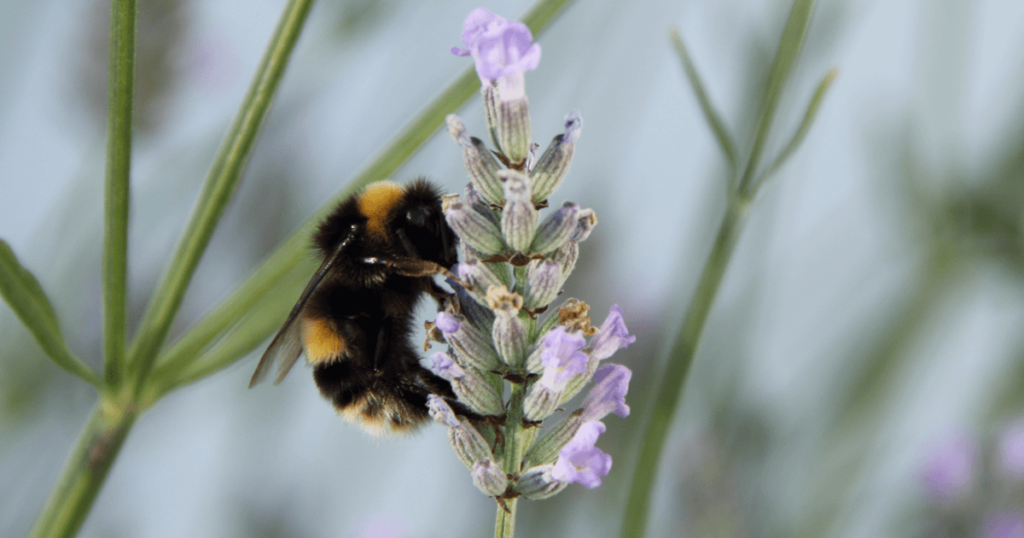
More than a decade after the phenomenon known as colony collapse disorder was linked to the startling disappearances of vast numbers of honeybees, these and many other bee species continue to suffer widespread declines. Biologist and author Thor Hanson explores this trend in his most recent book, Buzz: The Nature and Necessity of Bees, published this year. We asked him to pose four questions about the future of bees.
1. In early 2017, Japanese scientists announced the creation of a drone capable of transferring pollen among lilies. Videos showed the small device crashing into blossoms from above, bumping at pistils and stamens with a strip of sticky horsehair. The story made headlines around the world, with predictions that swarms of robo-bees would soon be deployed to solve the pollination crisis. For bee experts, however, the drone’s performance only confirmed how much is at stake. Even with a pilot in proximity, the little craft could pollinate the flowers it visited with a success rate of only 37 percent. In the field, drones would need to contend with unpredictable wind and weather, not to mention flowers a lot harder to target than big, wide-open lilies. Complex pollination strategies often require bees of particular sizes and shapes to behave in certain ways, prying open closed petals or buzzing at certain frequencies to access the pollen. And bees are active participants, recognizing receptive blooms through subtle cues of color, scent, and even electric fields. Instead of a solution, the pollinating drone story raises a more basic question: If their declines continue, is it even possible to replace bees with technology?
2. In the late 1990s, apple growers in China’s Maoxian Valley began an urgent experiment in another pollination alternative: human bees. Following a massive bee die-off blamed on overuse of pesticides, farmers began hiring thousands of seasonal workers to hand-pollinate their trees—they used long sticks crowned with a cigarette filter or chicken feathers. But even the fastest among them could service the blossoms of only five or 10 trees in a day. Economically, the practice proved to be unsustainable. How could human labor accomplish the work that bees had always done—and for free at that? It’s no coincidence that the world’s major hand-pollinated crops, dates and vanilla, command premium prices. Nobody would want to pay so much for hand-pollinated apples, and the Maoxian farmers soon replaced their trees with other crops. The story invites another important question: How much more would our food cost in a world without bees?
3. With no viable alternatives in sight, bees remain our most essential pollinators. Public attention often focuses on domestic honeybees, but many of the world’s 20,000 other species also have a role to play. Crops like tomatoes and blueberries already rely on bumblebees; mason bees are now common in commercial apple orchards; and the production of alfalfa depends almost entirely on leafcutter bees and alkali bees. Experts think these examples are just the beginning. With the presence of a diversity of wild bees, yields increase for nearly every fruit, nut, and seed crop studied to date. How, then, can pollination by other species be enhanced to reduce our dependence on honeybees?
4. Farmers are planting hedgerows again. Reintroducing flowering plants to field edges can triple local bee diversity in a single season, and major companies such as General Mills have begun requiring bee-friendly practices throughout their supply chains. If the trend catches on, it could boost bees (and pollination) in vast landscapes where older, mixed-crop farms have given way to monocultures with little habitat for bees. Some growers are going further, diversifying their production and choosing flowering cover crops to provide long-term sources of pollen and nectar. Will such efforts to bring back bees make the farms of the future look more like farms of the past?


